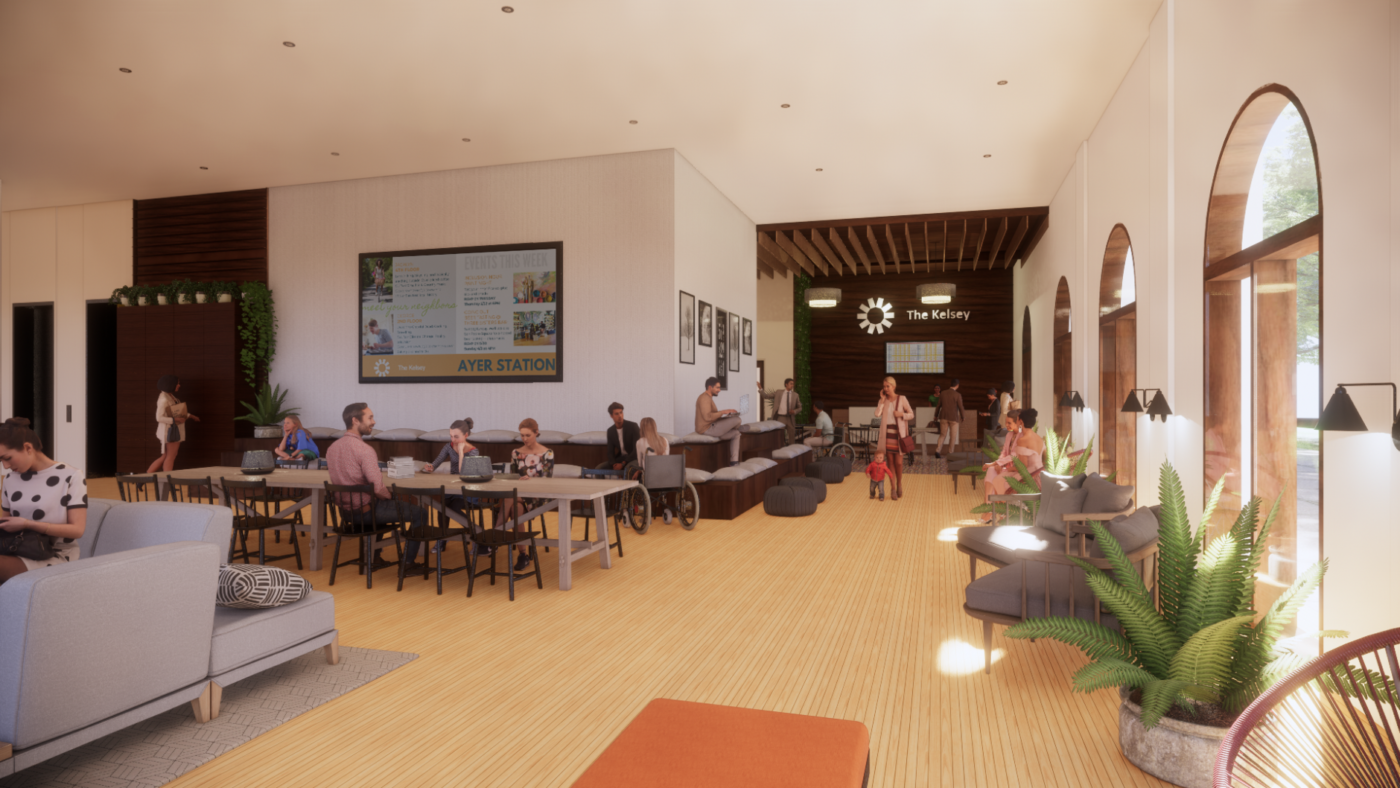2021 Preview
The New Year is going to be a big one for housing, and SV@Home is anticipating a whole range of important policies, plans, and projects that will need Houser support! Stay tuned for more details in early 2021 about where you will be able to plug in and make your voice heard on critical affordable housing issues across the County and at the State level. We know that providing emergency rental assistance and extending the eviction moratorium will be at the top of the list of issues that will dominate the coming month(s) but there will also be a number of major issues that will define how we prioritize affordable housing as a medium- and long-term COVID-19 recovery strategy.
Here’s a small preview of some of the top issues we will be tracking in the New Year:
- Legislators will be considering the extension of the State-level eviction moratorium and elected officials will be wrestling with state and local plans to distribute much-needed rental assistance and other COVID-19 economic relief for those most impacted by the coronavirus.
- A State Legislative Housing package of proposed bills specifically targeting opportunities to increase production of affordable housing state-wide will need to build widespread support.
- The Diridon Station Area Plan and Google’s Downtown West proposal will have their final votes at the San José City Council, with 15,000 new homes, 25% of them affordable, at stake.
- Cities across the County will begin preparing their new Housing Elements in response to the 2023-2031 RHNA allocations, which will define city housing policies for years to come.
- Key City Council votes will take place on major planning areas that have the potential for tens of thousands of new homes County-wide, including Moffett Park in Sunnyvale, North Ventura in Palo Alto, and the Berryessa Urban Village in San José.
- Cities will be making key decisions on how to implement and ensure housing is built in already approved housing-rich plans, including at North Bayshore and East Whisman in Mountain View.
- Major protection and preservation policy plans to address the challenges of displacement and create more racially and economically equitable housing policies underway in Mountain View, Sunnyvale, Palo Alto, and San José will be critical to helping pave the way for a more equitable Silicon Valley.
Stay tuned for more information about all of these issues, and more, in 2021!
Board of Supervisors Approves New Funding for IDD Housing
Last Tuesday, the Santa Clara County Board of Supervisors allocated $4m in loan support funds to The Kelsey’s Ayer Station proposal in San José, which will create 115 mixed-income, mixed-ability homes. This follows the Board’s August 2020 approval of $9m in total new loan funding through the Office of Supportive Housing to provide support to affordable housing developments that include homes for people with intellectual and developmental disabilities (IDD).
The Board’s action upholds it 2018 commitment to identify and allocate over four years a total of $40m in financial support to facilitate the development of homes for people with intellectual and developmental disabilities. SV@Home is thankful to County staff for their creativity in locating sources for this second $9 million tranche of loan support. It brings the County’s total fulfilled commitment to $19m over two years, which is so far supporting four developments in Santa Clara, Sunnyvale, Palo Alto, and San José. These developments include a total of 300 new affordable homes, of which 88 will be specifically reserved for persons with IDD and their families.
SV@Home and our partners, including the Housing Choices Coalition and the Kelsey, look forward to continuing to work with the County to identify the remaining $21 million of desired resources to support housing opportunities for people with IDD.
Santa Clara County’s Regional Housing Needs Allocation (RHNA) Adjusted
The latest version of the Regional Housing Needs Allocation (RHNA) for the 9-County Bay Area significantly lowers obligations for some cities in Santa Clara County. RHNA numbers are issued every 7-8 years, providing the number of homes that must be planned for in each jurisdiction’s housing element. While the total regional number and the methodology for assigning housing production obligations to each jurisdiction has stayed the same, the Metropolitan Transportation Commission (MTC) and the Association for Bay Area Governments (ABAG) have changed their blueprint for population growth. The blueprint now plans for more growth near BART lines in the East Bay and Contra Costa County in an effort to further reduce greenhouse gas emissions. There are more versions of the proposed RHNA to come, but this new approach should quell some of the backlash from cities in North and West Santa Clara County that had sent objections to the State and MTC/ABAG over their RHNA allocations. Nevertheless, all cities in the region will see increased numbers over the last RHNA period.
The table below shows the revised numbers for Santa Clara County. VLI/LI are the very low-income and low-income home allocations for each jurisdiction.
![]()
